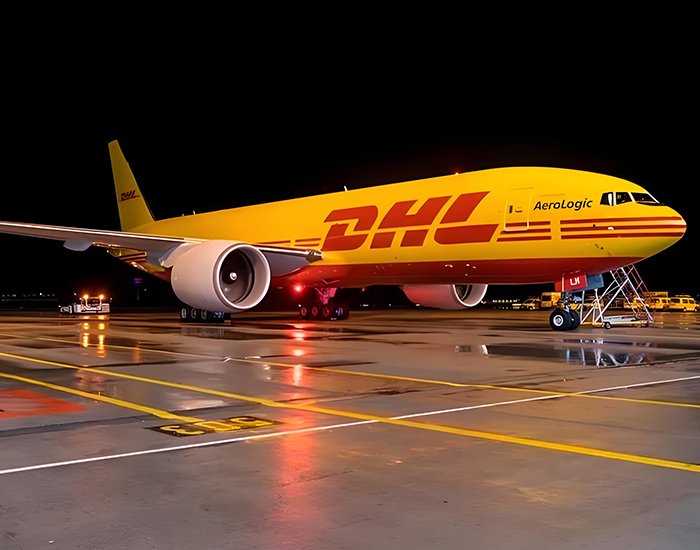

Cancel
Clear the records
Historical record
Clear the records
Historical record
Know all the requirements for full container minimum shipping volume in the United States!
When conducting full container shipping by sea in the United States, the requirement for the minimum shipment volume is a key factor, which varies depending on various circumstances.
Know all the requirements for full container minimum shipping volume in the United States! (Figure 1
First of all, the most common Marine containers come in two specifications: 20 feet and 40 feet. For a 20-foot small container, generally speaking, its internal volume is about 33 cubic meters, and the weight limit is usually around 17.5 tons. This means that the shipment can be considered once the volume or weight of the goods reaches the reasonable loading range of this container. However, in actual operation, due to factors such as the shape of the goods' packaging and the convenience of loading and unloading, it may not be completely filled to the limit.
For instance, in terms of volume, if it is some light and bulky goods, such as large-sized plastic products or foam products, even if they are very light, as long as they can fill most of the space of a 20-foot container and reach the loading level considered relatively economical by the freight forwarder or shipping company, they can be arranged for shipment. For a 40-foot large container, its internal volume is approximately 67 cubic meters, and the weight limit is generally around 26 tons.
In addition, different shipping companies and freight forwarders may have different requirements for the minimum shipment volume. Some more flexible companies may be able to arrange full container transportation when the container is close to 80% to 90% of its full capacity. However, some companies, in order to ensure cost-effectiveness, may require filling up as much as possible or reaching the weight limit.
Another situation is the boundary between LCL (less than Container Load) and full container load. If the quantity of goods is not sufficient to fill a full container at the beginning, some shippers may choose less-than-container load (LCL) transportation. However, as the business develops, when the volume of goods gradually stabilizes and can reach the full container pick-up capacity, full container transportation can be adopted instead.
From the perspective of the type of goods, for some high-value items with strict transportation requirements, such as precision instruments, even if the quantity does not reach the full load requirement of a regular full container, in order to ensure the safety of the goods and the quality of transportation, the consignor may still choose to charter a full container for transportation.
Overall, there is no absolutely fixed standard for the minimum shipment volume of full containers in the United States. It is comprehensively influenced by various factors such as container specifications, shipping company policies, and the nature of the goods. When arranging full container shipping by sea, it is best for the consignor to have detailed communication with a professional freight forwarder or shipping company and determine the most suitable shipment plan based on the actual situation of their goods.




 The built-in sharing function of the browser is also very useful~
The built-in sharing function of the browser is also very useful~







